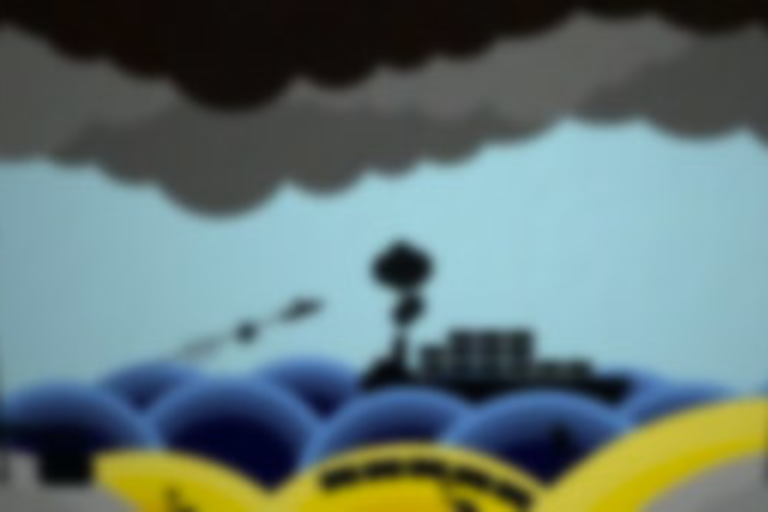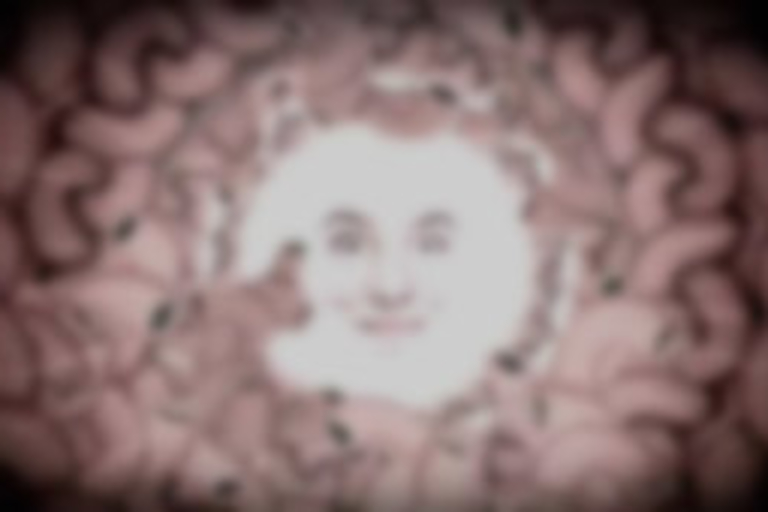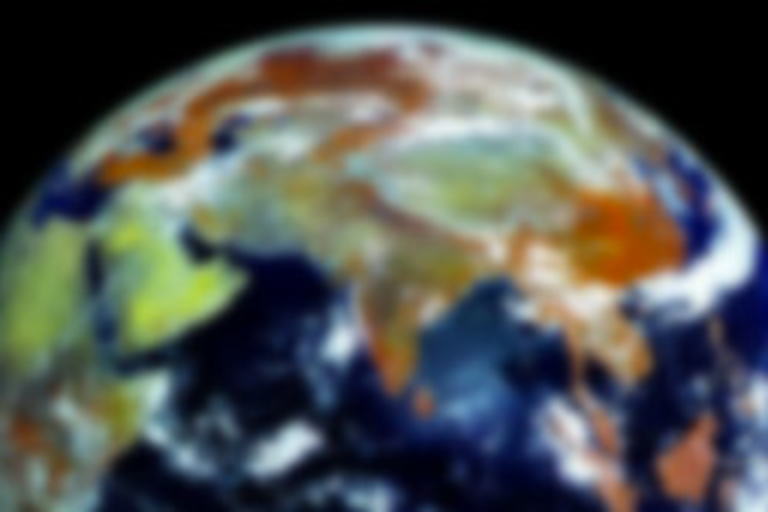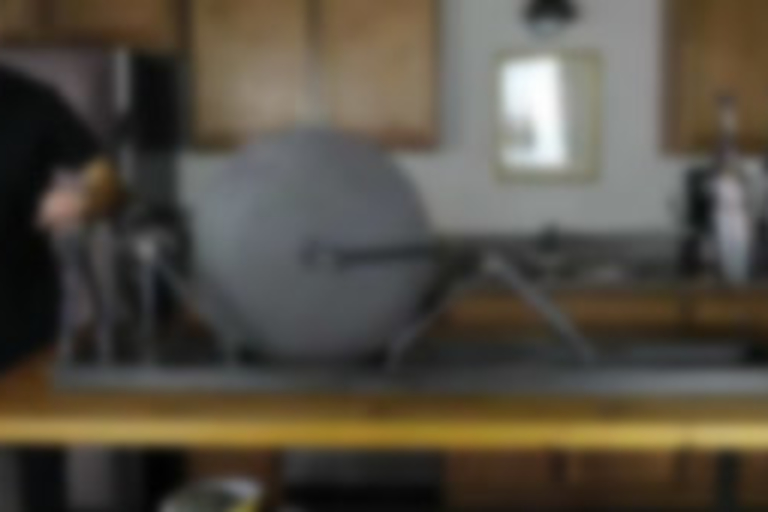-
Photographing Birds of Prey
Photographer Jon Meyers captures the resident raptors from Cascades Raptor Center in Eugene, Oregon.
Got Your 6
Tom Hanks, along with several other famous faces, have the back of veterans and their families by improving their lives through jobs, education, health, housing, family, and leadership.
-
Aeropostale Cloud-Soft Pullover Hoodie
The Aeropostale Cloud-Soft Pullover Hoodie is a cozy, go-to layer built for everyday comfort. Made from cloud-soft fleece, it drapes effortlessly while keeping you warm without feeling bulky. The classic pullover design, adjustable hood, and front kangaroo pocket make it perfect for layering over tees or pairing with joggers for laid-back style. Soft, simple, and endlessly wearable, it is an easy upgrade for any casual wardrobe.
Presented by Aeropostale.
-
MyHeritage DNA Kit
MyHeritage DNA turns your ancestry curiosity into a full-scale exploration—with just a two-minute cheek swab and a return to the lab. In about 3-4 weeks, you'll unlock an Ethnicity Estimate that breaks down your origins across more than 2,100 geographic regions, plus uncover DNA Matches that might connect you with relatives you didn't know existed. All results are delivered through CLIA- and CAP-certified processes in a secure, encrypted environment, giving you insight into your roots without sacrificing your data privacy. It's genealogical power you can hold in your palm—and a powerful tool for anyone looking to build a family history or explore their ethnic story.
Presented by MyHeritage.
-
Go Beyond Oil
Greenpeace's clean animation against dirty energy.
-
New Image Of Earth
Russia's latest weather satellite the Electro-L produced the highest resolution images of our planet every 30 minutes. The satellite uses a combination of visible and near-infrared wavelengths, causing vegetation to have a dark, red hue.
-
IQBAR x Thomas Keller Nutrition Supplements
IQBAR x Thomas Keller presents two surprisingly elegant functional nutrition favorites: Salted Caramel Chip Bars and Yuzu Mango IQMIX. The Salted Caramel Chip Bar blends 12 g of plant-based protein with toasted macadamia nuts, rich salted caramel flavor, and five brain-boosting nutrients (like lion's mane, magnesium, MCTs, flavonoids, and vitamin E) in a low-sugar, low-carb format. Meanwhile, the Yuzu Mango IQMIX hydration sticks deliver a refreshing combo of real yuzu and mango, brain-supporting lion's mane, and magnesium L-threonate, all while zeroing out on added sugar. It's gourmet meets functional.
Presented by IQBAR.
-
FlavCity Supplements
FlavCity builds clean nutrition around real ingredients and bold flavor, offering protein powders, electrolytes, lattes, and supplements made without seed oils, refined sugar, or artificial additives. The lineup focuses on simple, recognizable formulas that make healthy choices easy to enjoy, delivering convenience without cutting corners on quality. For anyone tired of overprocessed wellness products, FlavCity offers a straightforward way to upgrade daily nutrition with taste and transparency.
Presented by FlavCity.
-
The Post Imperial Shaker
Artist Benjamin Cowden's cocktail torture device in action.
Connor Lodes Rides An Airplane
BMX rider Connor Lodes jumps a bus, then a plane, then another bus. Some people will do anything for a Big Gulp.














